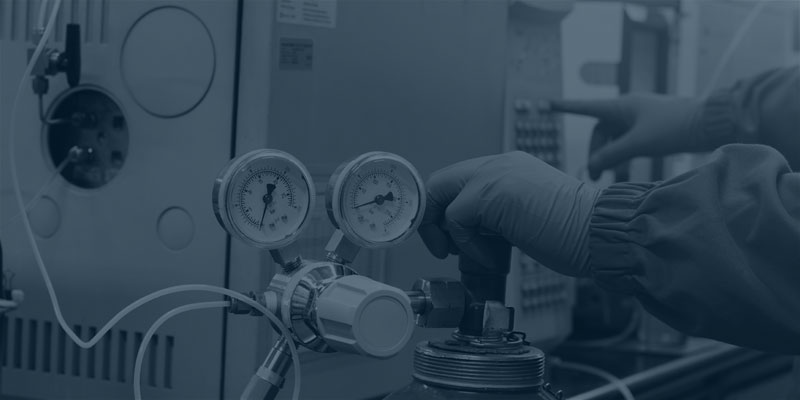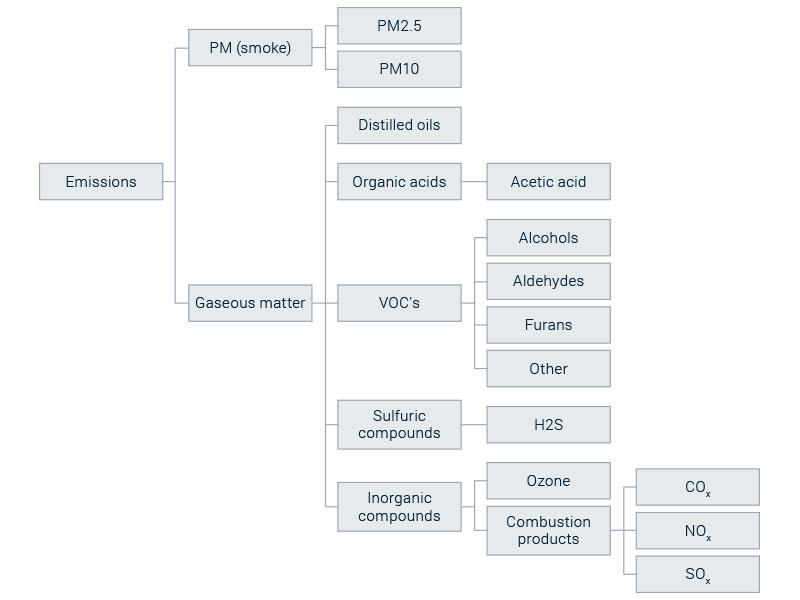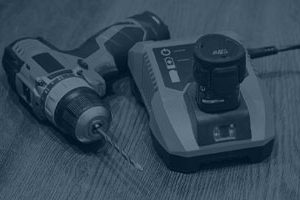In our ever-growing awareness of emissions and personal health, we’re seeing regulations for emission management and filtering technology entering the realm of FMCG solutions and devices. Health safety isn’t just a legal requirement around the world, but also a marketing tool, and in some cases it becomes a proprietary FMCG solution requirement.

However, the process isn’t easy and requires a serious and dedicated approach with accredited laboratories and notifying bodies. In addition to analyzing benefits, risks, strengths and weaknesses, we can lead your emissions filter project through each phase and with multiple international partners, focusing on the overall product objectives set.
Emission regulations in FMCG
Safety & perception
Emission management cannot be taken lightly. In countries around the world emission limits are rising as awareness of health and safety is rising. Regulatory limits for both work and public spaces are increasingly more strict, and make no mistake thinking western countries set the trend! It could become an expensive exercise if you think you can to tackle countries outside of Europe in a later stage. Even for in-home units or products that have no regulatory limits but do emit odorous compounds, a screening test campaign is advised. The wrong combination of odorous compounds could mean the difference between the main act or the side-kick of the show.

Emission groups
Air pollution emissions can be divided into different groups depending on their characteristics. Each type has a different impact on health and pollution. A good understanding of the various compound groups is needed to analyze the root cause of an emitted compound, and subsequently filter the emissions.
Volatile organic compounds
Volatile Organic Compounds (VOC) are organic gases that exist in the gas phase at room temperature. Most components that have an odour are VOCs, yet not all VOCs are odorous. Some have a negative health impact, while others are polluting the environment. A lot of VOCs are biologically generated by plants, animals or micro-organisms.
The most important, human-generated, sources of these VOCs are solvents (paint, ink, etc.), bio- and fossil fuels and biomass combustion. Total Volatile Organic Compounds (TVOC) is a metric often used to describe the general VOC performance of a process or device. A selection of the VOCs interact with the measurement device and give an indication of the general presence of VOCs.
TVOC is expressed as an equivalent of a certain compound such as propane or isobutylene. Since not all VOCs are taken into account with TVOC measurements, a verification on compound-level must always be made when interacting with compound-level regulations. It is, however, a good metric to make relative comparisons and performance assessments, and is itself a regulated value in certain countries.
Inorganic compounds
In general, inorganic compounds are odourless. Examples of volatile inorganic compounds include NO, NO2, ozone, SO2, CO, CO2, etc. Some of these compounds impact health and environment and are thus regulated.
Particulate matter
Particulate matter (PM) consists of microscopic solid or liquid particles suspended in the air. Particulate matter can be found in various forms such as smoke, pollen, smog, dust, vapour and – topically – bacteria and viruses. Depending on the size of the particles, they can be harmful when inhaled. Small particles have the ability to penetrate deep into the lungs and bloodstream, and can cause respiratory diseases, cancer and heart attacks. Aside from entering the lungs of living creatures, particulate matter suspended in the air can create extremely hazardous situations if the particulate matter is flammable. A mixture of air and oil droplets or fine wood dust only needs a minor spark to create a huge explosion.
PM is categorized in different size levels, indicated by their maximum diameter in µm. PM10 is known as coarse particles and consists of all particles with a diameter lower than 10 µm. PM2.5 is fine dust and PM0.1 ultrafine dust. Note that PM10 includes both fine and ultrafine dust.
Strict regulations exist on PM10 and PM2.5 and PM levels are continuously monitored, especially in urban or industrial locations. When particulate matter limits are exceeded, smog alarms often go into effect and people are encouraged to stay indoors, wear masks and vehicle speed limits are activated to reduce fine dust emissions. The European Air Quality Index includes PM10 and PM2.5 to assess the air quality throughout the EU and can be consulted online in real-time.
Download the perspective to continue reading about the regulations, emission analysis & know-how of air pollutants.
Looking for solutions to innovate?
Leave us your email and get in contact with Paul Poelmans, Business Development Manager Solutions ‘Smart FMCG & Consumer’, to help you with your innovation process.




